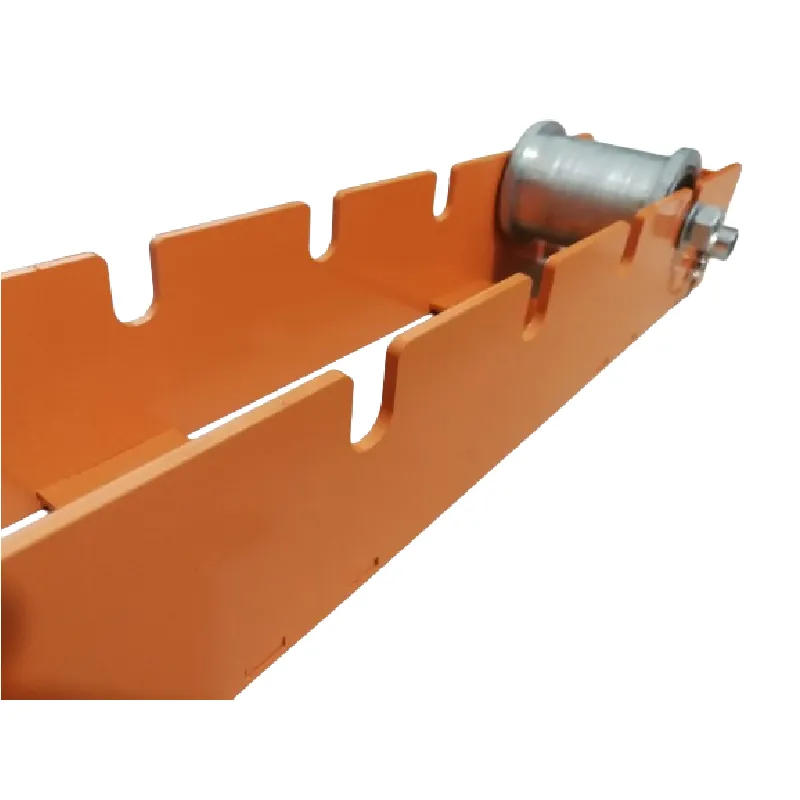
-
 Afrikaans
Afrikaans -
 Albanian
Albanian -
 Amharic
Amharic -
 Arabic
Arabic -
 Armenian
Armenian -
 Azerbaijani
Azerbaijani -
 Basque
Basque -
 Belarusian
Belarusian -
 Bengali
Bengali -
 Bosnian
Bosnian -
 Bulgarian
Bulgarian -
 Catalan
Catalan -
 Cebuano
Cebuano -
 Corsican
Corsican -
 Croatian
Croatian -
 Czech
Czech -
 Danish
Danish -
 Dutch
Dutch -
 English
English -
 Esperanto
Esperanto -
 Estonian
Estonian -
 Finnish
Finnish -
 French
French -
 Frisian
Frisian -
 Galician
Galician -
 Georgian
Georgian -
 German
German -
 Greek
Greek -
 Gujarati
Gujarati -
 Haitian Creole
Haitian Creole -
 hausa
hausa -
 hawaiian
hawaiian -
 Hebrew
Hebrew -
 Hindi
Hindi -
 Miao
Miao -
 Hungarian
Hungarian -
 Icelandic
Icelandic -
 igbo
igbo -
 Indonesian
Indonesian -
 irish
irish -
 Italian
Italian -
 Japanese
Japanese -
 Javanese
Javanese -
 Kannada
Kannada -
 kazakh
kazakh -
 Khmer
Khmer -
 Rwandese
Rwandese -
 Korean
Korean -
 Kurdish
Kurdish -
 Kyrgyz
Kyrgyz -
 Lao
Lao -
 Latin
Latin -
 Latvian
Latvian -
 Lithuanian
Lithuanian -
 Luxembourgish
Luxembourgish -
 Macedonian
Macedonian -
 Malgashi
Malgashi -
 Malay
Malay -
 Malayalam
Malayalam -
 Maltese
Maltese -
 Maori
Maori -
 Marathi
Marathi -
 Mongolian
Mongolian -
 Myanmar
Myanmar -
 Nepali
Nepali -
 Norwegian
Norwegian -
 Norwegian
Norwegian -
 Occitan
Occitan -
 Pashto
Pashto -
 Persian
Persian -
 Polish
Polish -
 Portuguese
Portuguese -
 Punjabi
Punjabi -
 Romanian
Romanian -
 Russian
Russian -
 Samoan
Samoan -
 Scottish Gaelic
Scottish Gaelic -
 Serbian
Serbian -
 Sesotho
Sesotho -
 Shona
Shona -
 Sindhi
Sindhi -
 Sinhala
Sinhala -
 Slovak
Slovak -
 Slovenian
Slovenian -
 Somali
Somali -
 Spanish
Spanish -
 Sundanese
Sundanese -
 Swahili
Swahili -
 Swedish
Swedish -
 Tagalog
Tagalog -
 Tajik
Tajik -
 Tamil
Tamil -
 Tatar
Tatar -
 Telugu
Telugu -
 Thai
Thai -
 Turkish
Turkish -
 Turkmen
Turkmen -
 Ukrainian
Ukrainian -
 Urdu
Urdu -
 Uighur
Uighur -
 Uzbek
Uzbek -
 Vietnamese
Vietnamese -
 Welsh
Welsh -
 Bantu
Bantu -
 Yiddish
Yiddish -
 Yoruba
Yoruba -
 Zulu
Zulu


Nov . 29, 2024 17:57 Back to list
Improving Antenna Performance with Ground Rod Installation Techniques and Benefits
Ground Rod for Antenna Ensuring a Solid Connection to the Earth
In the realm of radio communications, a well-functioning antenna is paramount for effective signal transmission and reception. One crucial component that is often overlooked is the ground rod for the antenna system. This metal rod plays a vital role in establishing a reliable grounding system, which directly impacts the performance, safety, and longevity of the antenna.
What is a Ground Rod?
A ground rod is a long, conductive rod usually made of copper or galvanized steel that is driven into the earth, connecting the antenna system to the ground. Its primary function is to provide a low-resistance path to the earth, which helps dissipate excess electrical charges arising from lightning strikes, static electricity, or electrical surges. This connection is essential in protecting the antenna equipment and ensuring stable performance.
Importance of Grounding
Proper grounding is critical for several reasons
1. Lightning Protection Antennas, especially tall ones, are susceptible to lightning strikes. A ground rod helps redirect the energy from a lightning strike safely into the ground, preventing damage to the antenna and associated equipment.
2. Reduction of Noise Grounding minimizes electrical noise by providing an alternate path for stray currents. Without proper grounding, radio frequency interference (RFI) may degrade the quality of the signal, affecting clarity and range.
3. Improved Signal Performance A good ground connection enhances the efficiency of the antenna by creating a balanced and stable reference point. This setup allows the antenna to radiate signals more effectively, thereby optimizing performance.
4. Equipment Longevity Grounding protects sensitive electronic equipment connected to the antenna system from damage due to voltage spikes or electrical surges, extending the lifespan of the devices.
ground rod for antenna

Installation of a Ground Rod
The installation of a ground rod requires careful consideration and proper technique to ensure effectiveness and compliance with safety standards
- Material Selection Choose a ground rod made of copper or galvanized steel. Copper rods typically offer better conductivity but may be more expensive, whereas galvanized steel is more durable and cost-effective.
- Length and Depth Standard ground rods are often 8 to 10 feet long. The depth at which the rod should be driven can depend on local soil conditions and regulations. Ensure that a minimum of 8 feet is buried for effective grounding.
- Connection Use appropriate connections, such as clamps or connectors, to link the ground rod to the antenna system. The connection should be tight, ensuring a low-resistance path for electrical currents.
- Soil Conditions Consider the soil type; moist soil is better for conductivity. If the soil is rocky or sandy, it may be beneficial to use additional ground rods or treat the soil with moisture-retaining materials.
Regular Maintenance
After installation, regular checks and maintenance of the ground rod and grounding system are crucial. Inspect for corrosion, loose connections, and ensure that the rod remains adequately grounded, especially after severe weather events.
Conclusion
Incorporating a ground rod into your antenna system is an investment in both performance and safety. It enhances the efficiency of radio communications while protecting equipment from electrical hazards. By understanding the importance of grounding and following proper installation practices, you can ensure a reliable and effective antenna system for all your communication needs. Whether you're a hobbyist or a professional, never underestimate the power of a solid ground connection.
Latest news
duct-rodders-and-conduit-rod-tools
NewsAug.22,2025
ratchet-pullers-and-wire-tightening-tools
NewsAug.22,2025
chain-ratchet-pullers-and-hoist-solutions
NewsAug.22,2025
telescopic-hot-stick-for-electrical-and-high-voltage-use
NewsAug.22,2025
cable-clamp-and-insulated-cable-clamp-systems
NewsAug.22,2025
duct-rodder-conduit-rodder-and-cable-solutions
NewsAug.22,2025








